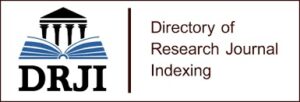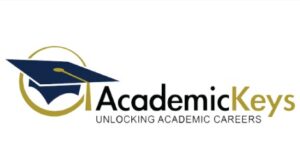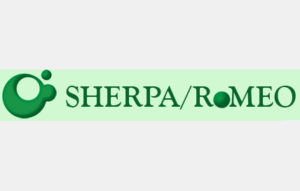Impact of Teaching and Learning Facilities on Pupils’ Achievement in Public and Private ECDE Centres in Kenya in the context of Devolved System of Management
The Kenya 2010 Constitution placed management and financing of Early Years’ Education (EYE) under custody of County Governments. In essence, management of ECDE centres is expected to be more effective as a result of improved teaching and learning facilities in the counties than it was before devolution. This study emerges from the theoretical perspective that increased inputs should lead to increased outputs. Consequently, the Education Production Function (EPF) theory was employed. The objective of this comparative study was to explore the available teaching and learning facilities and how they could influence achievement of pupils in Public and Private ECDE centres in the context of increased funding to Public ECDE centres. Kericho County with a target population of 1,066 teachers and 18,405 pupils in Public ECDE Centres as well as all the 628 teachers and 4,180 pupils drawn from 750 Public and 258 Private ECDE centres was selected for the study. Pupils in Pre-Primary 2 were used in the study. Sampling was done through stratified, purposive and simple random sampling methods. The sample size was determined by adopting the Krejcie and Morgan formula. Cross-sectional correlation survey was used to compare the impact of selected independent variable of teaching and learning facilities on academic achievement of ECDE learners. Data collection was done using questionnaires, observation schedules, and interview guides. The instruments were validated by experts and piloted to determine their reliability in neighbouring Bomet County which did was not part of the study. The data collected was analyzed using respective techniques. The quantitative techniques involved descriptive and inferential statistics in order to answer the questions posed for study. Qualitative techniques involved descriptive statistics. Two hypotheses were formulated and tested at 0. 05 level of significance using t-test. The results obtained showed that despite the increased funding hence better facilities to Public ECDE Centres , learners in Private ECDE centres performed better in their achievement test compared to their counterparts in Public ECDE centres. The study provides useful information for education policy makers in both levels of government for decision making with regard to devolution of management of ECDE centres, funding and academic performance. Proposed guidelines are intended to deliver, accountability for Early Years Education (EYE) funding, service delivery and increased quality service. The major findings of this study show that in spite improved teaching learning facilities as a result of increased funding by the County Government, learners in Private ECDE centres continue to outshine their counterparts in the Public ECDE centres. This implies that there could be other underlying factors that affect performance at this level other than better teaching learning facilities as a result of funding.
Keywords: ECDE devolved management, County Government, teaching learning facilities, pupils’ achievement in Public and Private ECDE centres.




















